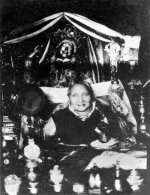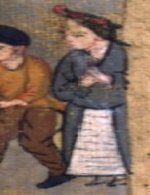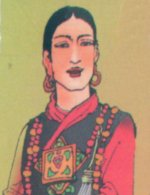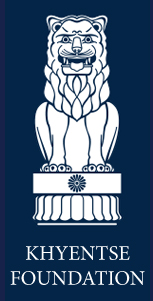
In 2017, The Treasury of Lives received an Ashoka Grant from the Khyentse Foundation, a nonprofit organization founded in 2001 by Dzongsar Khyentse Rinpoche to support all traditions of Buddhist study and practice. Khyentse Foundation's support enabled the publication of ten biographies of Buddhist women from the Tibetan cultural region. In 2018, ten peer-reviewed biographies were added to the site.
In 2025, through an Ashoka Grant, 12 peer reviewed biographies of translators were published.
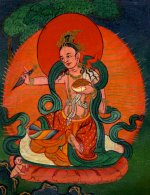

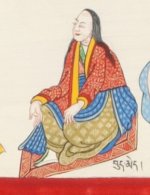

.jpg?w=150&h=195)

